A Student’s Point of View: Photography Students of Color – Part 2
Before going any further with this post, I wanted to share a few of my own perspectives as a third year student of color in the photography program. As you might recall from a previous post, I am Chinese American and I was adopted when I was a baby. Growing up was easy going but at an early age, I became aware that my life was different from that of my parents. I didn’t fully realize the real differences until went to college and RIT. When I arrived on campus, I was introduced to a whole new community of people who looked like me. When I was in high school, the Asian representation was small and I often felt out of place. Either I was too “white” like my parents or too “Asian” for my Caucasian friends. I found photography to be an outlet I needed to express my gratitude for the differences, the beauty within everyone even minorities, and to understand how my differences affected my learning. I learned to embrace my difference. When I was young, I thought I had to be the one way that had to fit in. I am slowly realizing who I am and it is okay to be who I am and as I am. What I identify with should not matter and I am feeling content with who I am. I believe that as long as you stay true to yourself and be aware and respectful of other people’s points of view, everything will be okay. https://www.emilysudock.com/
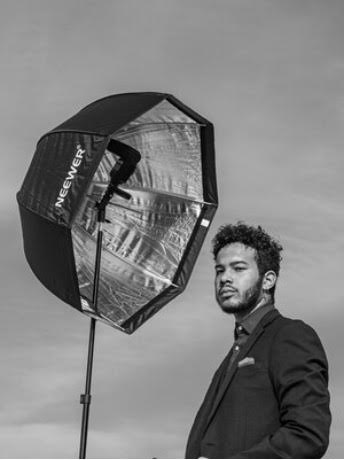
Grayson Barrett‘s parents are Jamaican and Irish. He is from New Haven, Connecticut. Grayson discovered photography in middle school with his best friend. At the time, they would remake their favorite superhero movies with his mom’s “not so great Nikon camera”. Upon entering high school, he took a couple of acting and directing classes as well as digital art so he could learn more about his camera. He had a great time with his teacher who was a very accomplished photographer and encouraged him to peruse photography and apply to RIT. As a person of color, obstacles for Grayson were grounded in that he was “different than everybody else”. As he thought about that time in school the biggest issue was the loneliness he felt.
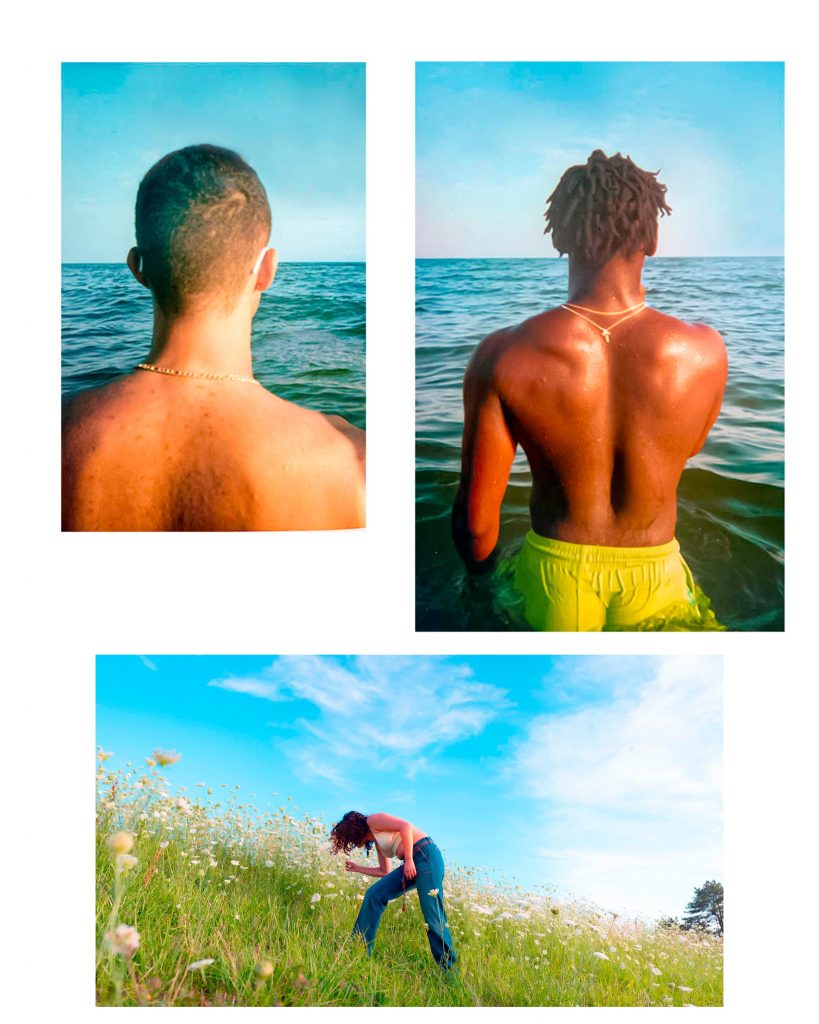
When Grayson was back at home when in high school, he would surround himself with people who understood him and had similar life experiences. At RIT, he has not found people who are like him and certainly not in the photography program. This has caused him to change some of his beliefs. While he knows he is not the same person, he wishes he could find a space that felt more like home. The opportunities he has had at RIT are important and he’s grown and learned to appreciate people who are different from him. graysonbarrett.com
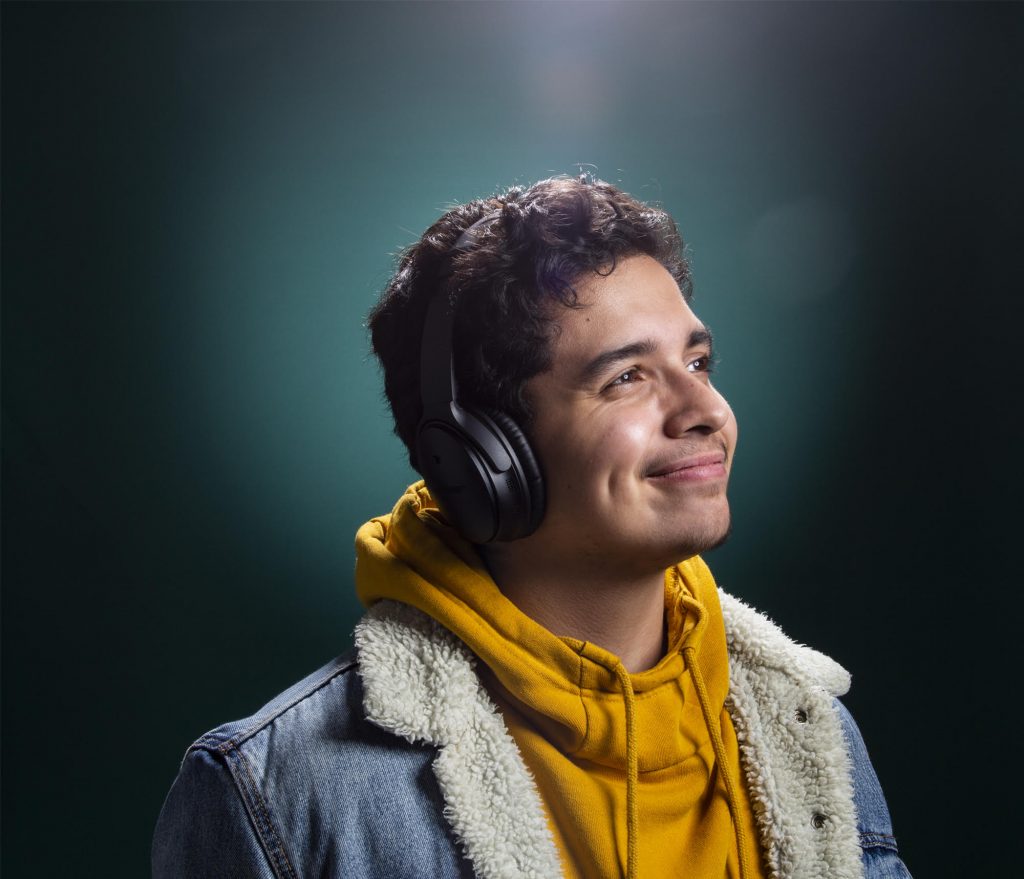
Alec Flores is Latino and from Long Island, New York. He discovered photography 12 years ago when he lived in California. There he saw a man taking a picture of someone outside a store during the winter holidays. Alec was mesmerized and began taking pictures every holiday with his phone until 9 years later, when he had finally purchased his own DSLR.

The opportunities within the photo community for Alec is that he likes connecting with other minorities and sharing experiences and cultures. Alec likes to celebrate his culture by talking with his friends from the same culture and making the Mexican foods that his Abuelita (grandmother) cooks for his family every year. https://www.instagram.com/alejandro_angel/
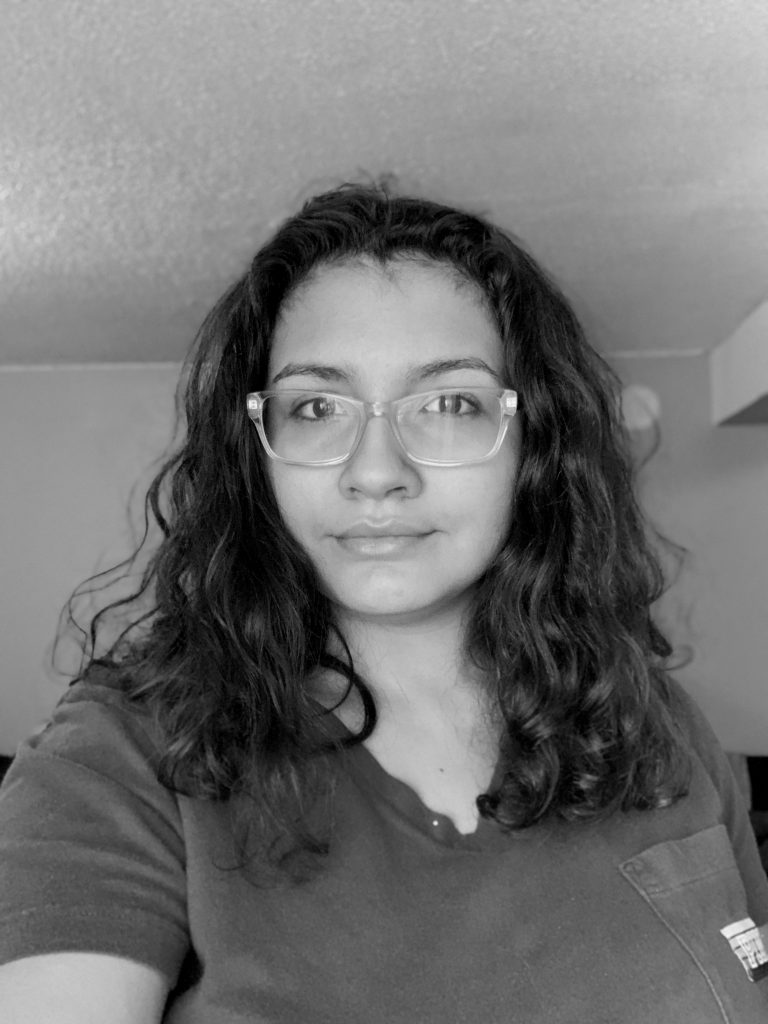
Marili Vaca’s parents are from Ecuador and Puerto Rico. She is from Waterbury, Connecticut. What makes Marili unique is that she has been through a lot of experiences as a minority. From these experiences, she has a better sense of understanding. Marili’s family are immigrants and she was homeless for a period of time. This has not stopped her from finding her way forward and affirming her passion for photography. Her sister recommended she pursue photography because “she had an eye” for it. Marili took her recommendation and bought an inexpensive camera.
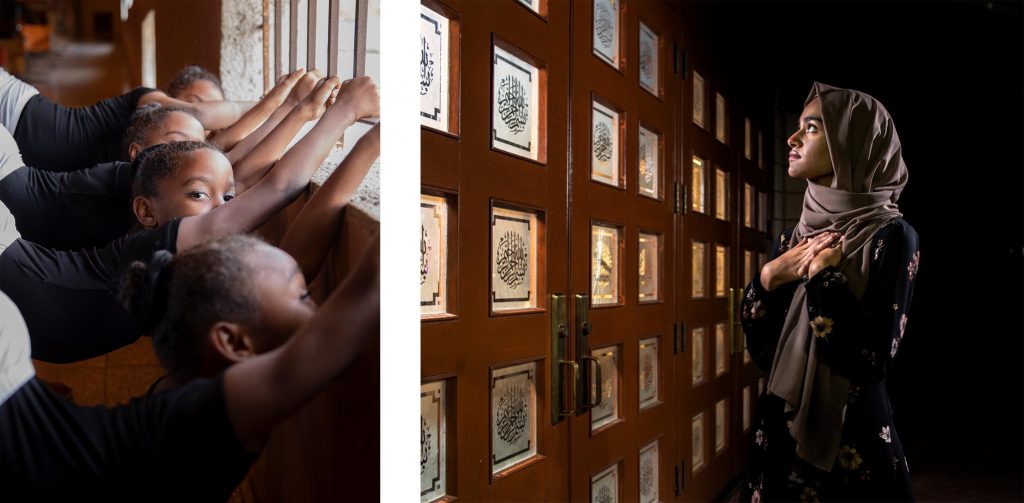
Marili wants to show diversity in her pictures and in the future, she wants to focus on her culture’s stories featuring Latino people. The obstacles that come with the photography is that sometimes there are biased opinions about minorities in the work she has seen. Marili wants to break through that wall and have people ask questions about minorities. “Get to know us and not be scared if the topic is too sensitive. People need to express good intentions and learn and discuss other races”. https://www.instagram.com/marili.photography/
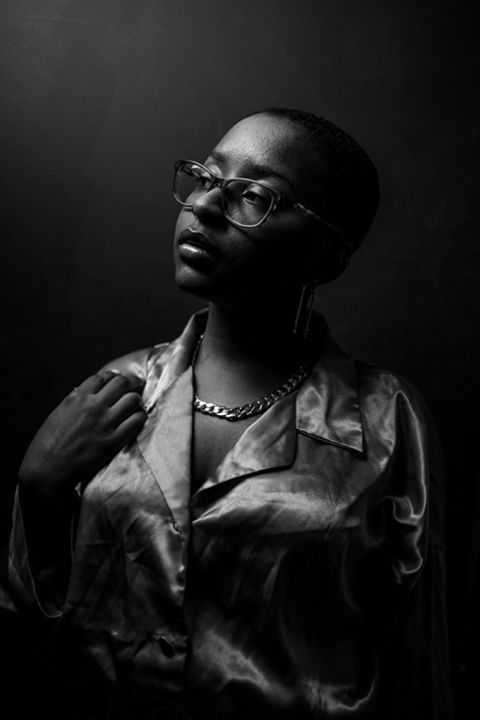
Justice Marbury is a black woman from Rochester, New York. As a photographer, Justice enjoys telling black and brown stories using her photography. For her, this work is important as she carefully considers how she represents her culture. She found photography when she enrolled in a photojournalism summer photo workshop taught by William Snyder. After the workshop, she thought “This is really cool and I have to do this”.
Her high school created small photography workshops because she was the only person majoring in art because of a small class of only 25. The obstacles to Justice were grounded in the lack of minorities in her school. She believes that even now during the Black Lives Matter movement, not a lot of minorities are telling black stories. Its uncomfortable and sometimes seeing fellow non-minority students tell those stories. Justice knows and believes she can tell those stories better because of her firsthand experiences. Some advice she wanted to share is that if you do share a black story or any story be mindful of your own prejudices and know your experiences are not the same as your subject. She believes everything starts with you and people should lead by example. After graduating, Justice wishes to help her black and brown community by starting a non-profit organization that will teach photography. Becasue she had access to that resource and workshops and she hopes to give it back because those experiences helped her immensely. https://spark.adobe.com/page/7Ox3olTQXHzyQ/
Closing Thoughts
After interviewing these amazing students, I realized that I am not as alone as I thought I was. I learned that many of us want to be close to our culture and are trying to find a balance. Everyone’s journey is different but also the same because as minorities, we just want to be heard. Thank you for reading our stories
About Emily SuDock
Emily SuDock is a third-year advertising photography student who is also cross-registered in the National Technical Institute for the Deaf. She has been hard of hearing most of her life. Emily was born in China adopted by her loving family. They are a big part of her life. Emily has a Nikon 600 with a 35 mm lens which she loves taking portraits with.
